GPCR/G protein

All GPCRs share a common seven trans-membrane structure. GPCRs are associated with heterotrimeric G-proteins which are GTP-binding proteins made of alpha, beta, and gamma subunits. When a ligand binds to GPCR, it activates the attached G-protein, the GDP is replaced with GTP. The activated G-protein then dissociates into an alpha and a beta-gamma complex which activates downstream signaling pathways. These intracellular signaling pathways include cAMP/PKA, calcium/NFAT, phospholipase C, protein tyrosine kinases, MAP kinases, PI-3-kinase, nitric oxide/cGMP, Rho, and JAK/STAT.
GPCRs are one of the most important therapeutic targets for various diseases, over 30% of all modern medicinal drugs target this family. Aberrant GPCR functions are involved in pathological conditions such as neurological, immunological and hormonal disorders. A large number of GPCRs have been identified, but whose ligands are not known, are classified as orphan receptors.
-
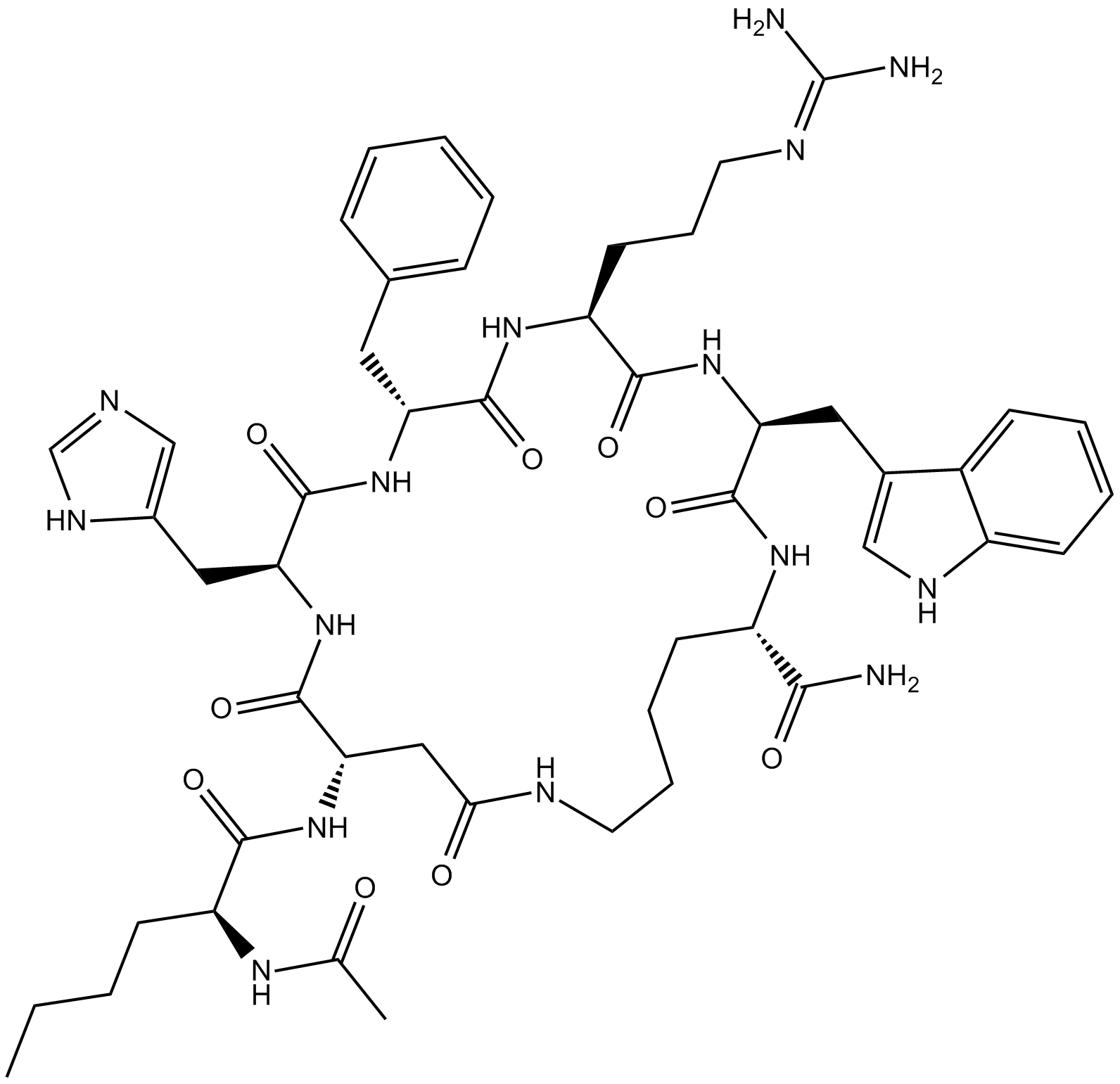 B7110 Melanotan IISummary: melanocortin receptor agonist
B7110 Melanotan IISummary: melanocortin receptor agonist -
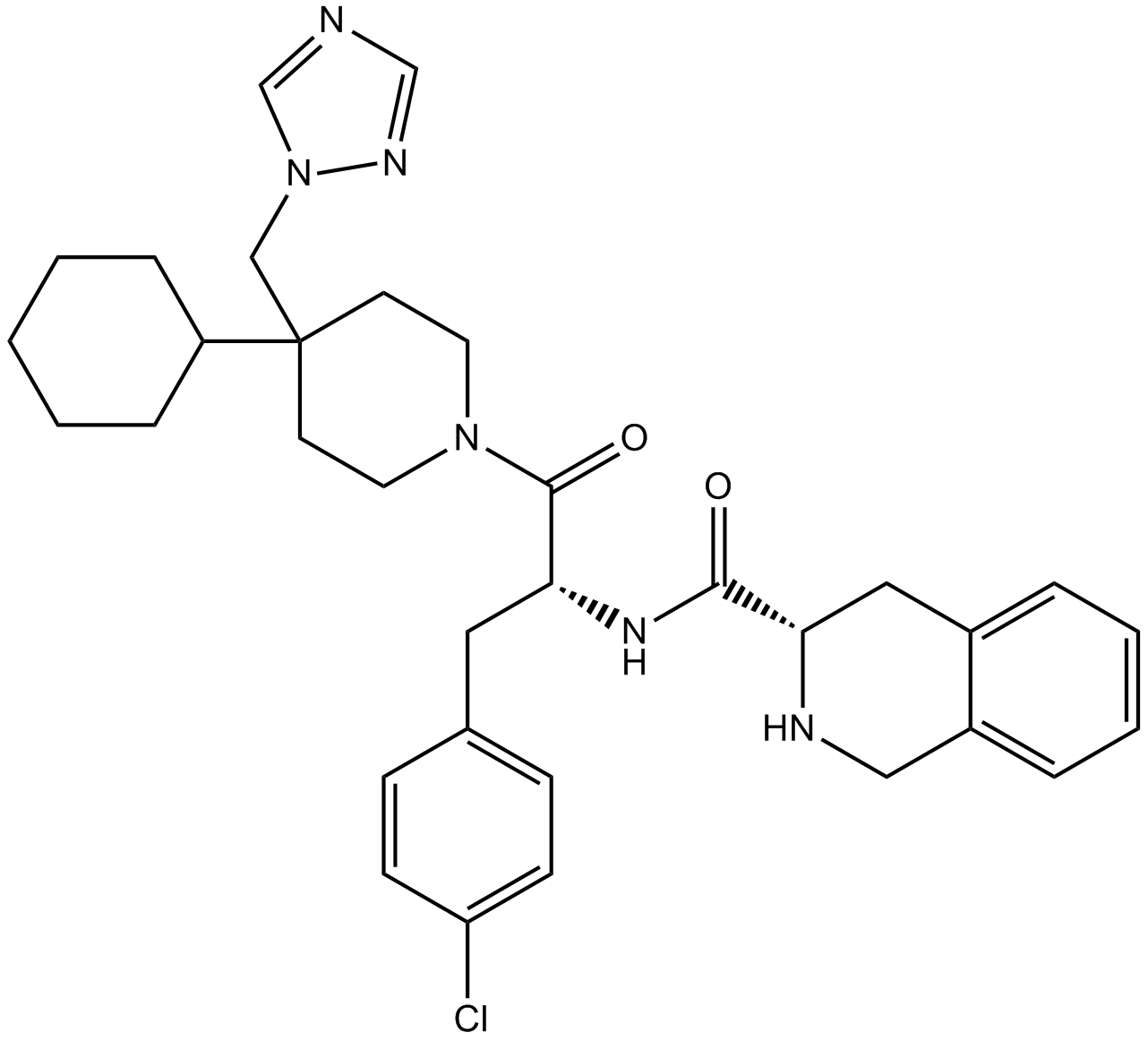 B7247 THIQSummary: melanocortin 4 (MC4) receptor agonist
B7247 THIQSummary: melanocortin 4 (MC4) receptor agonist -
![[D-Trp8]-γ-MSH](/pub/media/prod_images/b/7/b7631.png) B7631 [D-Trp8]-γ-MSHSummary: melanocortin 3 (MC3) receptor agonist
B7631 [D-Trp8]-γ-MSHSummary: melanocortin 3 (MC3) receptor agonist -
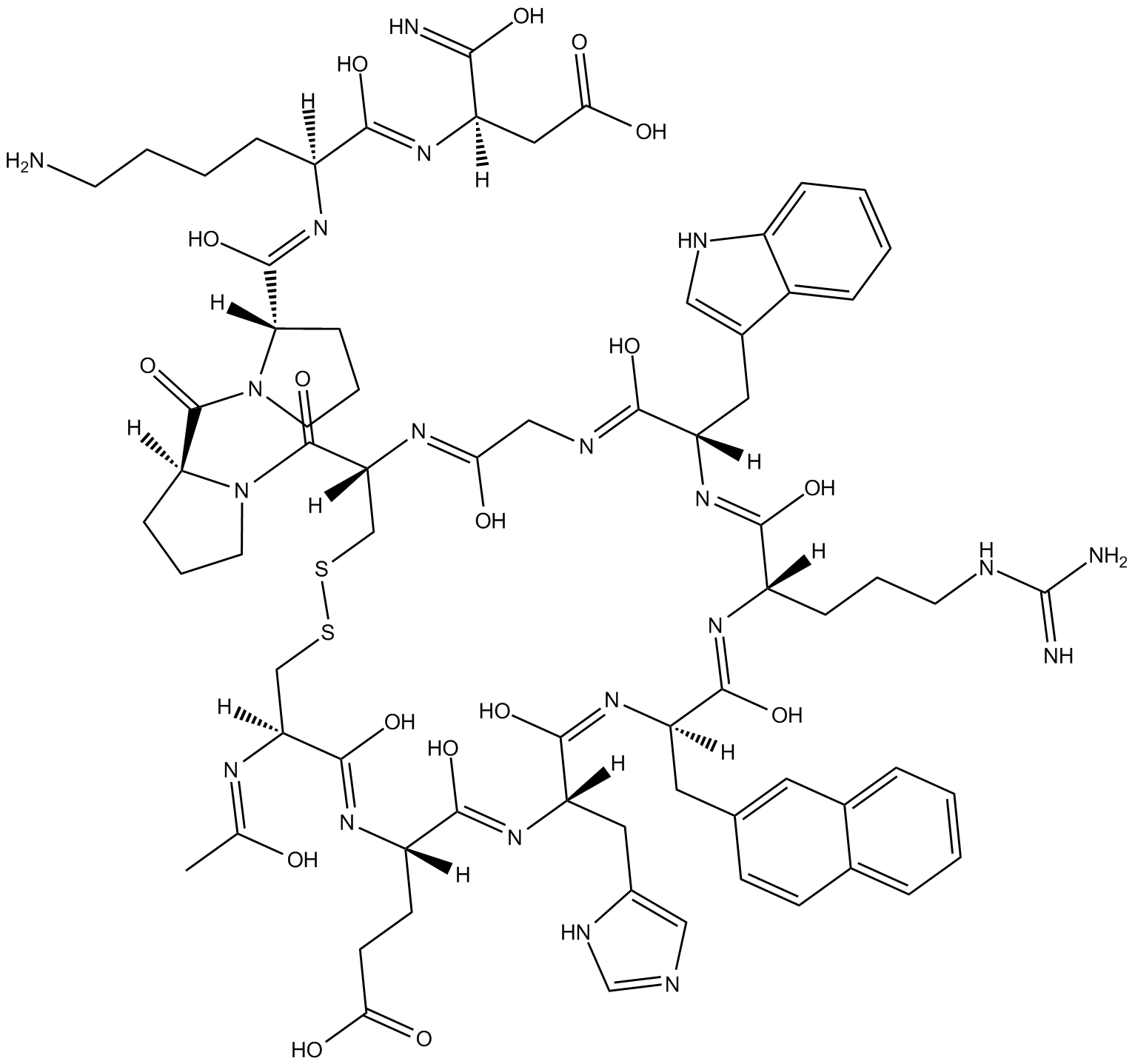 B5191 HS 014Summary: melanocortin MC4 receptor antagonist
B5191 HS 014Summary: melanocortin MC4 receptor antagonist -
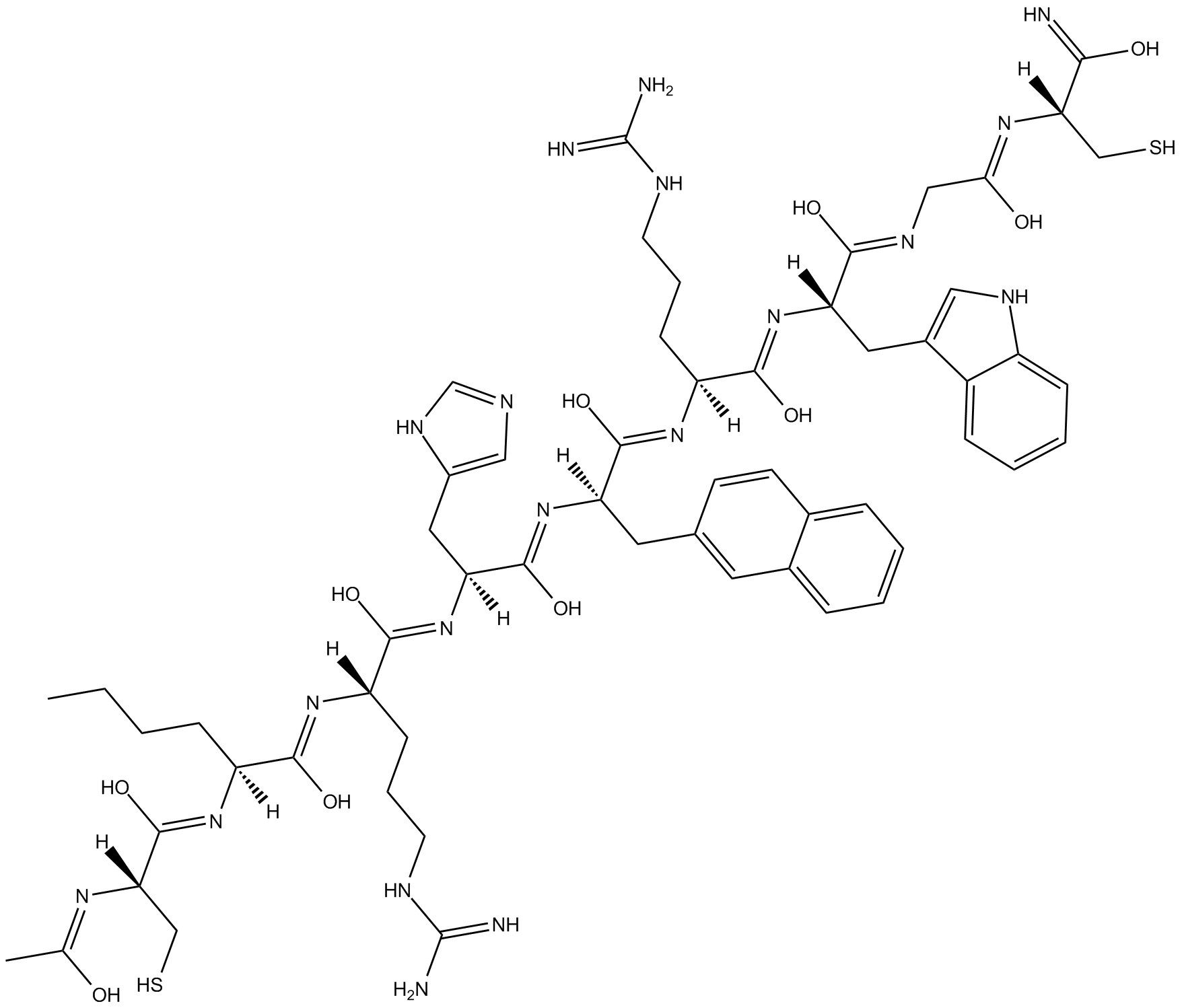 B5192 HS 024Summary: melanocortin MC4 receptor antagonist
B5192 HS 024Summary: melanocortin MC4 receptor antagonist -
![[Nle4,D-Phe7]-α-MSH](/pub/media/prod_images/b/5/b5363.png) B5363 [Nle4,D-Phe7]-α-MSHSummary: agonist at melanocortin receptors
B5363 [Nle4,D-Phe7]-α-MSHSummary: agonist at melanocortin receptors -
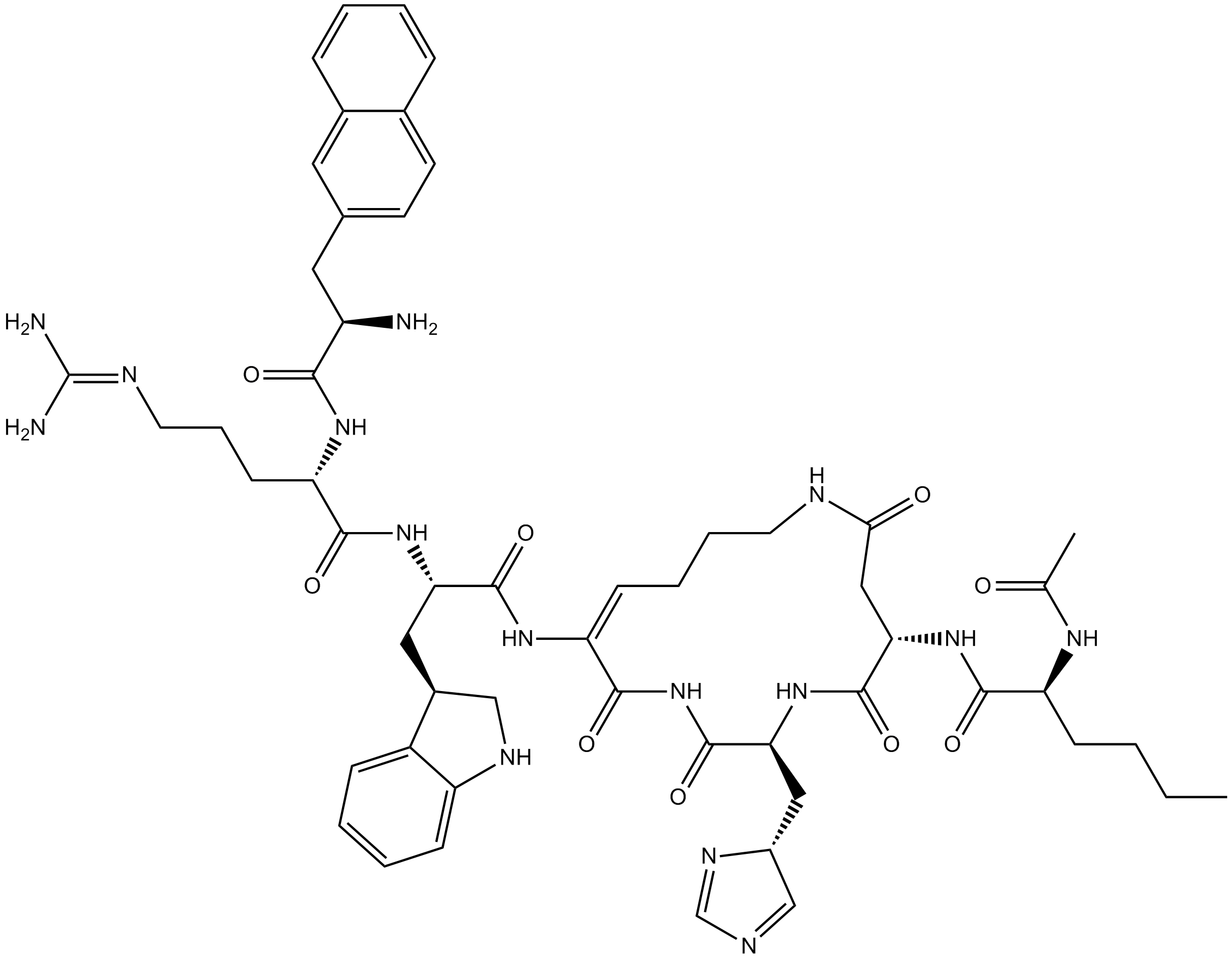 B5425 SHU 9119Summary: melanocortin MC3 and MC4 receptor antagonist
B5425 SHU 9119Summary: melanocortin MC3 and MC4 receptor antagonist -
 B5427 γ1-MSHSummary: melanocortin MC3 receptor agonist
B5427 γ1-MSHSummary: melanocortin MC3 receptor agonist -
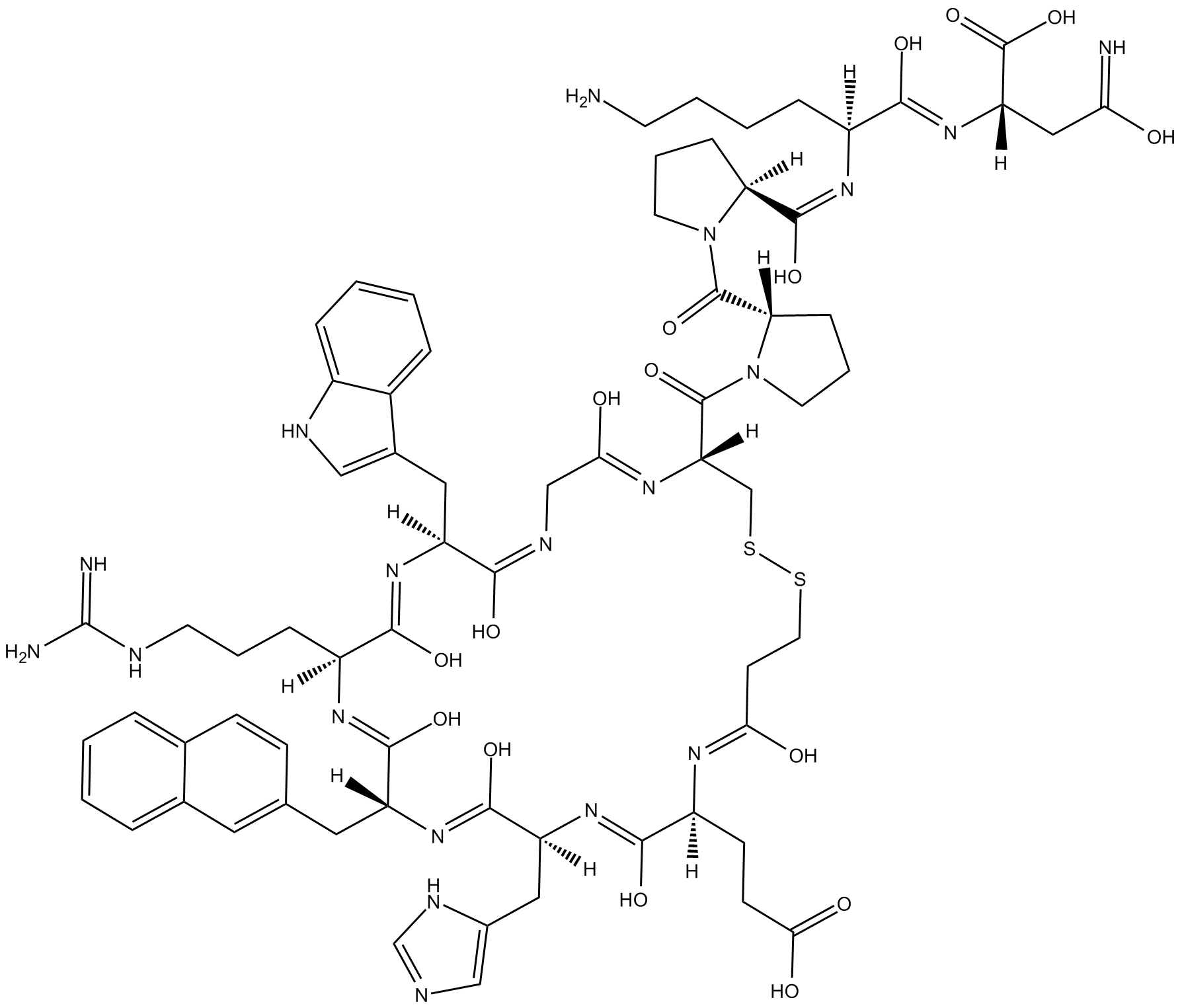 B5428 JKC 363Summary: melanocortin MC4 receptor antagonist
B5428 JKC 363Summary: melanocortin MC4 receptor antagonist -
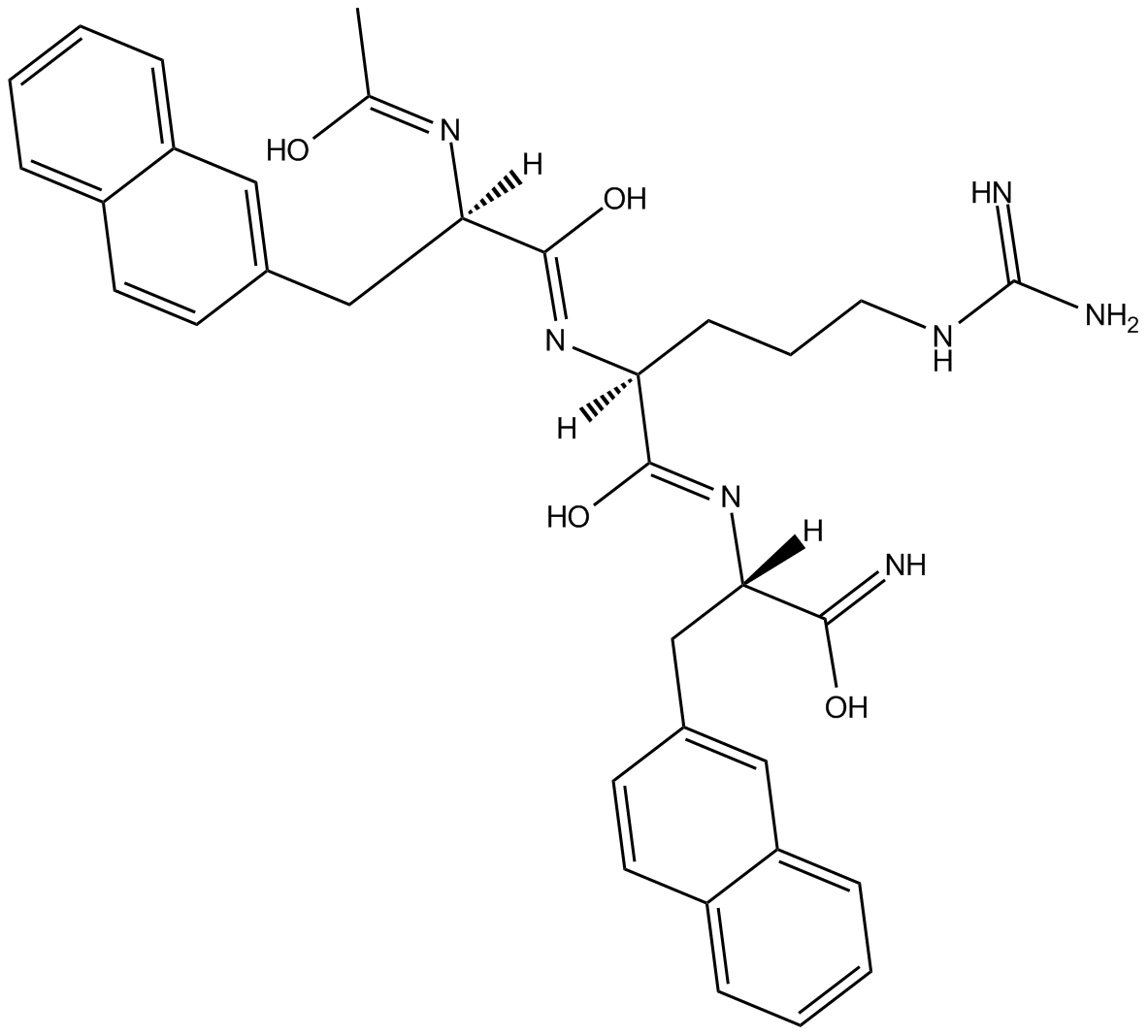 B5431 MCL 0020Summary: melanocortin MC4 receptor antagonist
B5431 MCL 0020Summary: melanocortin MC4 receptor antagonist

